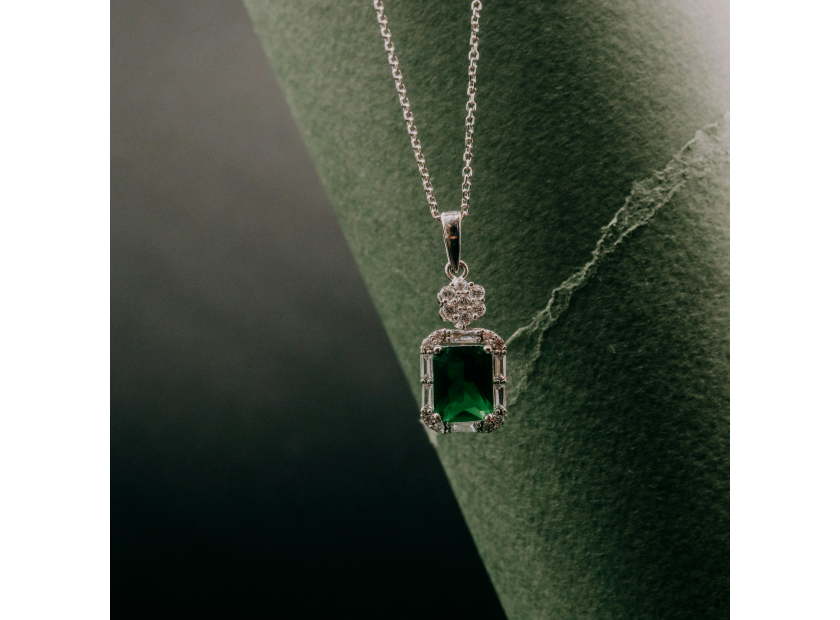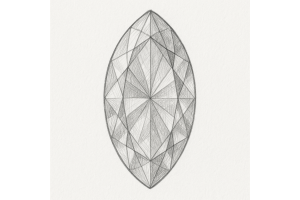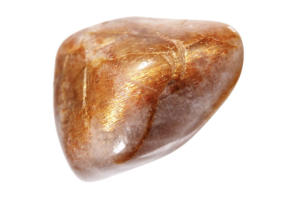GBP
/
GBP
/
Shipping to:
Currency:
When it comes to choosing between emeralds and diamonds, many wonder which gemstone carries a heftier price tag.
The answer isn't straightforward, as several factors influence the cost of each.
Let's delve into the nuances of emerald and diamond pricing to provide clarity.
Understanding Gemstone Value
The value of gemstones is primarily determined by the "Four Cs": Cut, Colour, Clarity, and Carat weight.
Rarity and market demand also play significant roles.
Additionally, the origin of the gemstone and any treatments it has undergone can impact its price.
For a deeper understanding of gemstone formation and differences, check out how and where gemstones and diamonds are formed.
Emeralds: Rarity and Pricing
Emeralds are renowned for their captivating green hues, resulting from trace amounts of chromium and vanadium.
High-quality emeralds are notably rare, often making them more expensive than diamonds of comparable size and quality.
For instance, a richly coloured, high-clarity emerald can command a higher price per carat than a diamond.
It's worth noting that nearly all natural emeralds contain inclusions, which are typically accepted as part of their character.
If you're considering an engagement ring with a unique gemstone, check out gemstone engagement rings.
Diamonds: Consistency and Market Influence
Diamonds have long been marketed as symbols of enduring love and strength, leading to consistent demand.
Their pricing is more standardised, with clear grading systems assessing the Four Cs.
While large, high-quality diamonds can be exceptionally expensive, smaller or lower-grade diamonds are generally more affordable than top-tier emeralds.
For those interested in traditional options, check out diamond engagement rings.
Price Comparison
When comparing prices, high-quality emeralds can be more expensive than diamonds of similar specifications.
However, the market offers a broad spectrum for both gemstones.
For example, a 1-carat emerald with exceptional colour and clarity might surpass the price of a 1-carat diamond with average grades.
For unique designs that incorporate various gemstones, check out non-traditional engagement rings.
FAQs
Are emeralds a good investment?
High-quality emeralds have shown appreciation in value over time, making them a potential investment.
However, like all investments, they come with risks and should be considered carefully.
Do emeralds last as long as diamonds?
Diamonds are the hardest known natural material, scoring a 10 on the Mohs scale, making them highly durable.
Emeralds are softer, typically scoring between 7.5 and 8, requiring more care to avoid scratches and damage.
Why are some emeralds more expensive than diamonds?
The rarity of high-quality emeralds, especially those with deep, vivid colour and minimal inclusions, can drive their prices above those of diamonds with similar characteristics.
Which gemstone is better for an engagement ring?
While diamonds are traditional for engagement rings due to their durability, emeralds offer a unique and vibrant alternative.
However, given their relative softness, emerald engagement rings may require more cautious wear.
For more insights on choosing between lab-grown diamonds and gemstones, check out lab-grown diamonds vs. gemstones.
For additional gift inspiration, explore gemstone rings or elegant diamond wedding rings.








